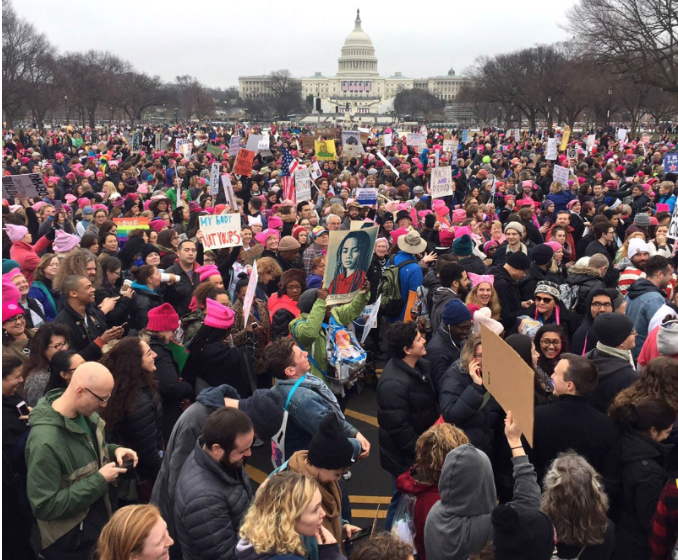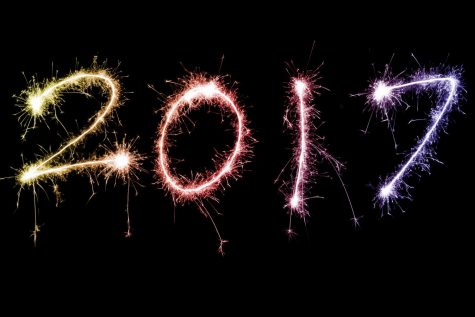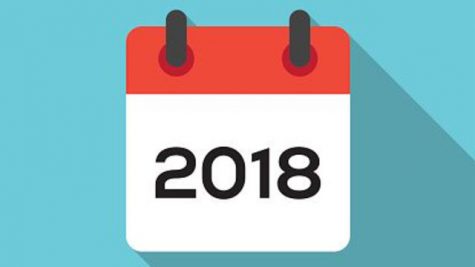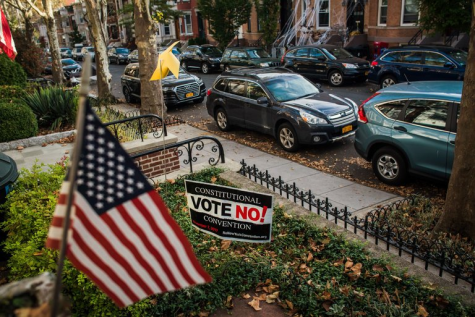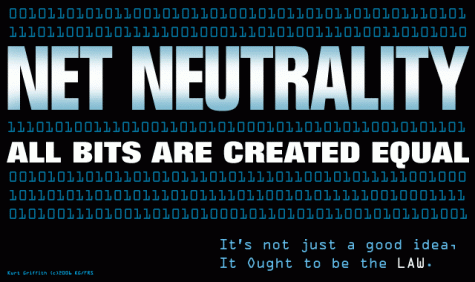Women’s March
During the days following Donald Trump’s inauguration as the 45th President of the United States, millions of women around the globe joined together in what is known as the “Women’s March.” According to About.com, the objectives of the Women’s March is to “bring people together…to make a strong statement in opposition of Trump’s values.” Donald Trump is considered by many one of the most unpopular presidential candidates in American history. Naturally, many people are passionate about making a statement against him. According to Wikipedia, other goals for the March were to “protect legislation and policies regarding human rights… women’s rights, immigration reform, healthcare reform, the natural environment, LGBTQ rights, racial equality, and worker’s rights.” These protests took place all around the world, in cities like New York, Boston, and Chicago. The extent of these marches even reached overseas, impacting cities like London, Sydney, and New Delhi, who had their own organized protests.
The first protest was planned in Washington D.C., and is now known as the Women’s March on Washington. According to Wikipedia, this march drew “at least 500,000 people, and worldwide participation has been estimated to be 5 million people.” Starting on January 21st, 2017, protesters marched along 3rd street, into Independence Avenue headed towards the Washington Monument. Throughout the day, participants went north near the White House, and ended at 15th and East Streets.
According to The Guardian, a “sea of peaceful protestors wore pink pussyhats as crowds poured into the streets…easily outnumbering those attending the inauguration on Friday.” Many celebrities joined in on the protest against Trump including Scarlett Johansson, Alicia Keys, and Madonna.
Following the march, the organizers of the Women’s March on Washington posted the “10 Actions for the first 100 Days” campaign for joint activism to keep up the momentum from the march. Each week, participants would protest for a different cause, ranging from writing postcards to senators to enacting an emergency call-to-action to prevent certain people from being elected in government.
Although many people around the world have banded together in this protest, there are some people who oppose it. A sophomore at Walt Whitman High School, who wishes to remain anonymous, believes that the March is a “plot for democrats to embarrass Trump. What rights of women are being violated? I would truly be interested to know. The government can’t always regulate wages, and if women truly do equal work then it is up to their employer to decide their paycheck.”
Kevin McKenna, another sophomore attending Walt Whitman High School, also opposes the March. He questions “how they call themselves a march for women, yet at the same time not invite the 45%-50% of women who are pro-life.” Kevin calls the March a “social justice march against Trump” instead of a Women’s March. “It was a leftist march, mostly trying to defame anyone who supports Trump as racist, sexist, and islamophobic.” He believes that there was “no clear message and the rights they were chanting about are abundant for women in the western world.” He claims that a “real Women’s March” would be for “the women in the Middle East who are not allowed outside without a male escort, can’t go to school, and can’t drive.” Another big theme of the March was for LGBT rights, but Kevin points out that there were no signs “protesting middle eastern governments and terror groups executing homosexuals.”
Politics section editor, Ashar Farooq, believes that the March was a great “representation and the awakening of the message that America is a country that treats everyone as capable human beings with the ability to have a better life with hard work.”
The Women’s March has had a major impact in countries around the globe, with some defending it and others criticizing it. While many see it as uniting multiple races and ethnicities against the Trump administration, others view the March as an aimless protest.


